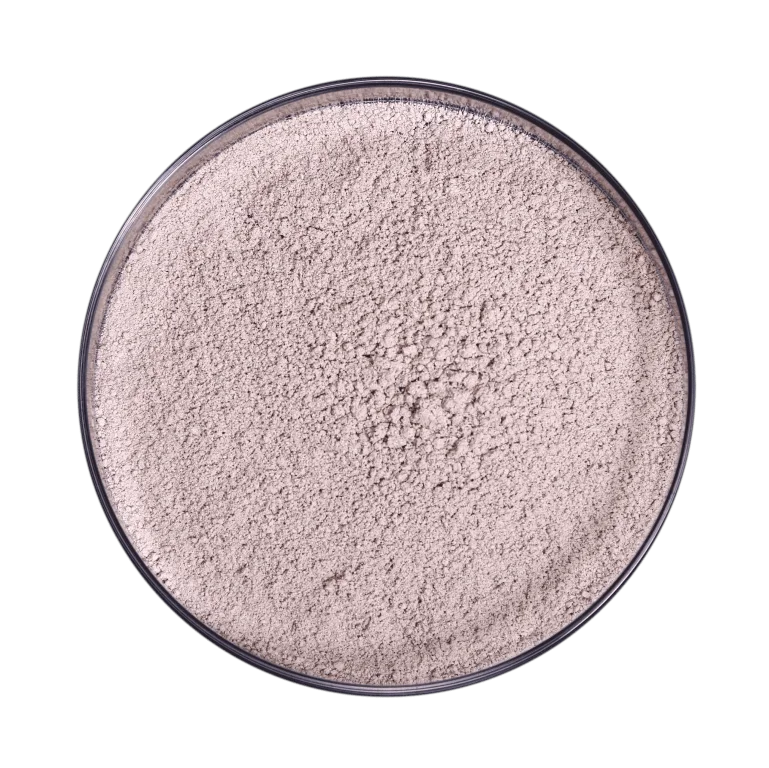Verticillium lecanii functions as a bio-insecticide targeting sucking pests through its entomopathogenic properties, invading the insect by penetrating its outer layer and multiplying within the body.
The insects succumb due to tissue destruction and toxic substances released by the fungus. Verticillium wilt, caused by two soil-borne fungal species—Verticillium dahliae and Verticillium albo-atrum—affects over 200 plant species, including many vegetables. While Verticillium albo-atrum thrives in cooler soils, Verticillium dahliae poses challenges in greenhouse vegetable farming. Occasionally, both species coexist in a single field.
Verticillium lecanii is effective against soft-bodied pests such as aphids, jassids, thrips, whiteflies, mites, mealybugs, scale insects, leaf webbers, green semi-loopers, flower webbers, leaf miners, leaf hoppers, and pod flies. Verticillium wilt is caused by soil-borne fungi.
Enzyme and Metabolite Activity
The mycelia of Verticillium lecanii produce toxins with insecticidal properties, weakening the pest’s immune defenses and leading to its death. Verticillium lecanii undergoes a specialized process where its metabolites are extracted, reintegrated with the spores, and then formulated. This ensures metabolites perform efficiently under high temperature and low humidity, while spores remain effective in high humidity and lower temperature conditions.
Growth and Action
Once inside, Verticillium lecanii replicates, consuming the insect’s internal contents until it dies. Eventually, the fungus grows through the insect’s cuticle and begins sporulating. Infected insects resemble white to yellowish cottony particles. Verticillium lecanii infects insects upon contact, eliminating the need for ingestion by the host for the infection to take place.
Environmental Adaptation
Through a unique formulation process, Verticillium lecanii metabolites and spores are optimized to function in varying environmental conditions. Metabolites excel in high heat and dryness, while spores thrive in cooler, humid settings.



 Share On Whatsapp
Share On Whatsapp



